
Love dim sum? John Anthony’s chef Saito Chau shares his tips on making yummy dumplings
- Chef Saito Chau at John Anthony restaurant in Hong Kong discusses his culinary interpretations of dumplings like xiao long bao, and how to get dim sum right every time you make it
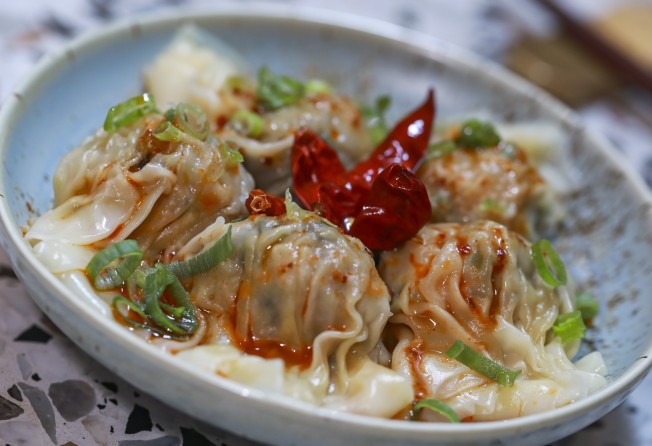
Every region of China has its own take on dumplings. They may differ in their fillings and sauces but the one feature that they have in common are the wrappers and shape. Dumplings are either crescent or round, and are steamed, boiled or fried.

Eaten on a daily basis in China, the humble dumpling is said to have originated during the Three Kingdoms era (AD220-280) when general Zhuge Liang dammed up a poisoned marsh with dumplings during his campaign against the southern Nanman. Others say they were invented by a Chinese doctor, Zhang Zhongjing, during the preceding Eastern Han dynasty (206BC-AD220).

But whoever devised this popular Chinese staple, we are glad they did. Two of the most popular in Hong Kong are har gow – shrimp dumpling – and xiao long bao (or siu lung bau in Cantonese) – a dumpling filled with diced chicken, pork, ham and hot soup.
“Xiao long bao is originally from northern China but chefs brought back this delicacy to the south,” says Saito Chau, executive chef of John Anthony. But he points out that xiao long bao in Hong Kong differ to those of the north.
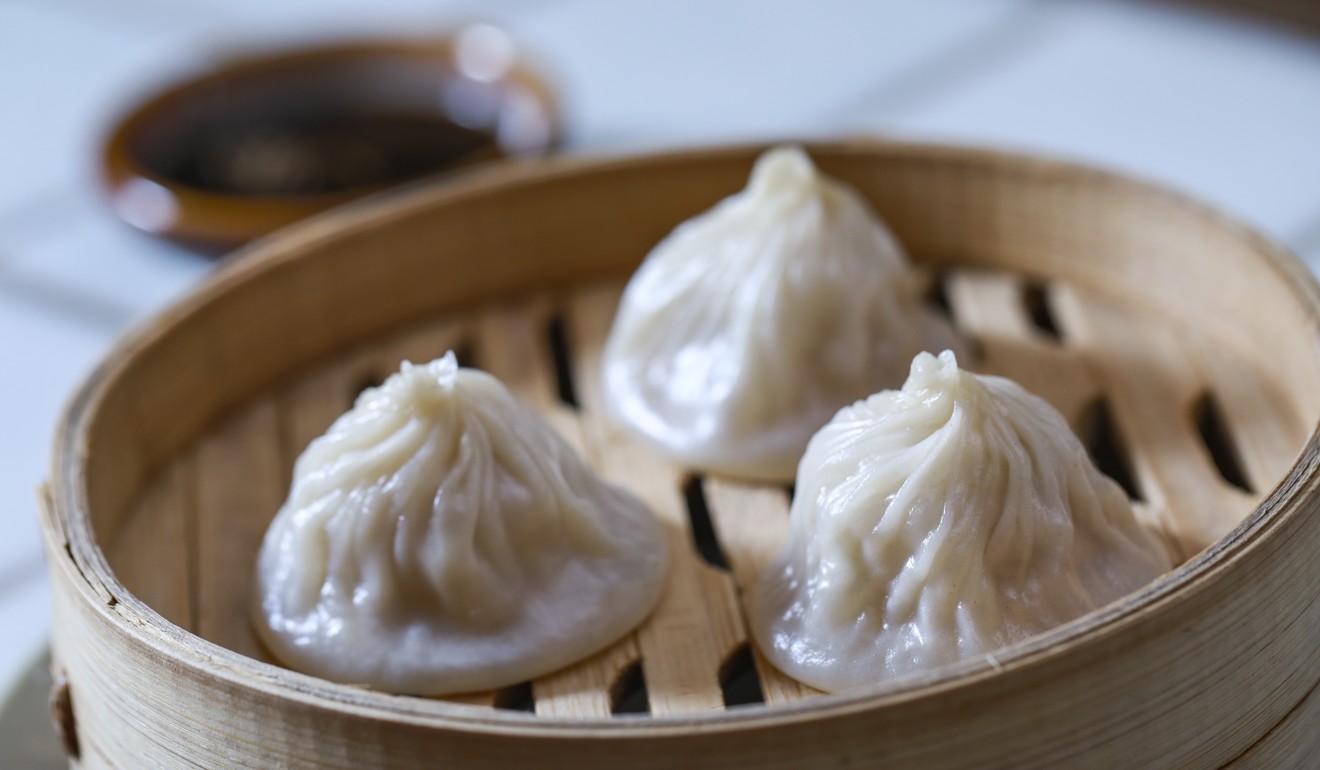
“Northern China used to be less well off so their xiaolongbao would have thick skin and not too much filling to give the diner the sense of feeling full, but in the more affluent south, the wealthier families liked their xiao long bao to have delicate skin and with more filling.”
This national delicacy is difficult to make, says Saito, who previously worked under chef Jacky Yu at Xi Yan Private Dining, and then Aqua Group’s Hutong.
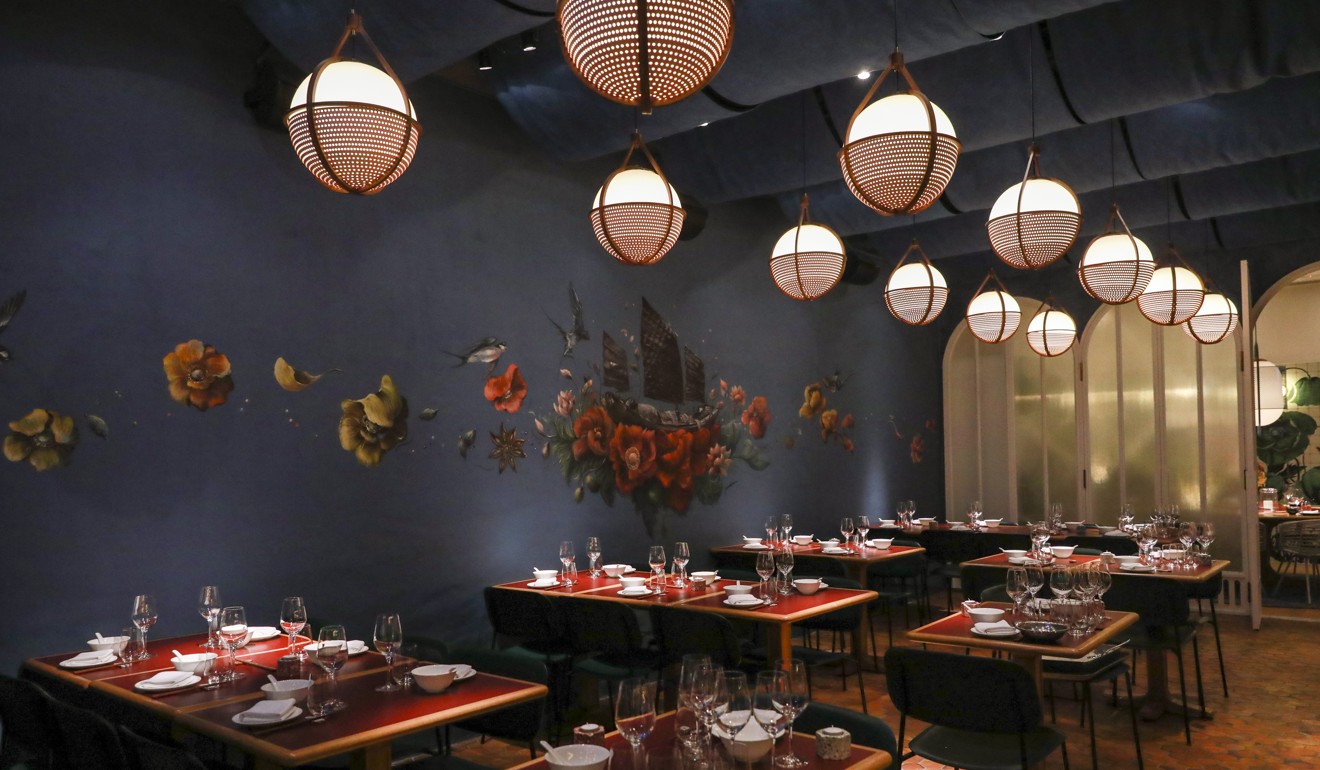
“The skin of the xiao long bao should be very thin, but done in a way that it will not break when you use your chopsticks. It has to be elastic,” he explains.
“You get the elasticity by using high-gluten flour. Experienced chefs also know how to knead it for the right amount of time – if you knead it too much it will be too chewy and if you don’t knead it enough, the skin will break. So the skin requires a lot of technique.”
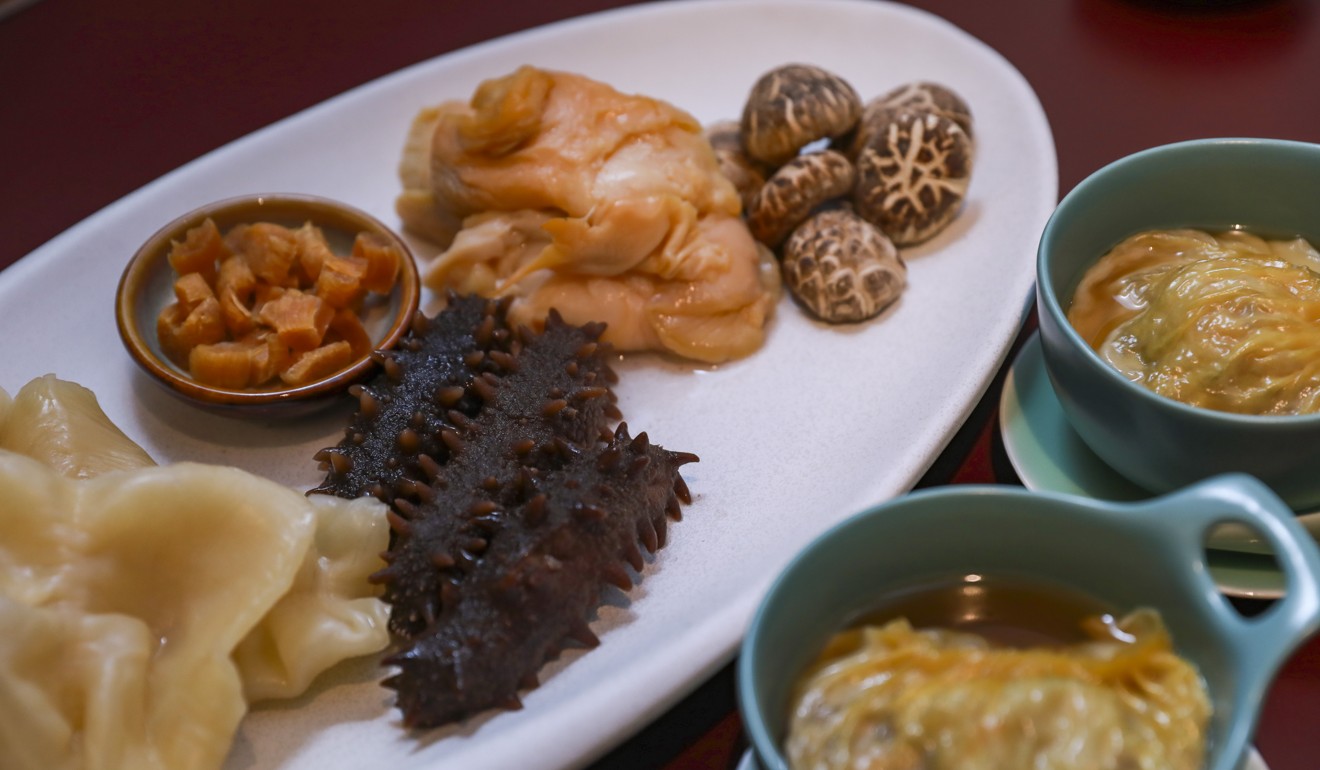
The filling must be balanced, too. “As there is meat and soup inside each xiao long bao, the meat must have a good balance of fat-to-lean meat or else the soup produced will be too watery,” he says. “So the whole thing in this small dumpling is technical and on another level of artistry.”
Another dish popular at John Anthony is Buddha Jumps Over the Wall. This dish is usually a stew, but Saito uses a large dumpling that he fills with the stew.
“The story about the Buddha jumping over the wall is funny,” says Saito. “Many years ago, a monk noticed a very pleasant cooking smell wafting over the wall of the monastery. As you know, monks are vegetarian. So he climbed up and over the wall to see what was cooking.
“There was a huge pot and in it were all the premium Chinese ingredients like sea cucumber, abalone, Chinese mushroom, fish maw, dried scallops – basically everything that the Chinese love to eat but which are also very expensive.
“It was all simmering away. He could not resist and tried a spoonful. From then on, they called the soup Buddha Jumps Over the Wall, as he broke all the restrictions to try this soup.”
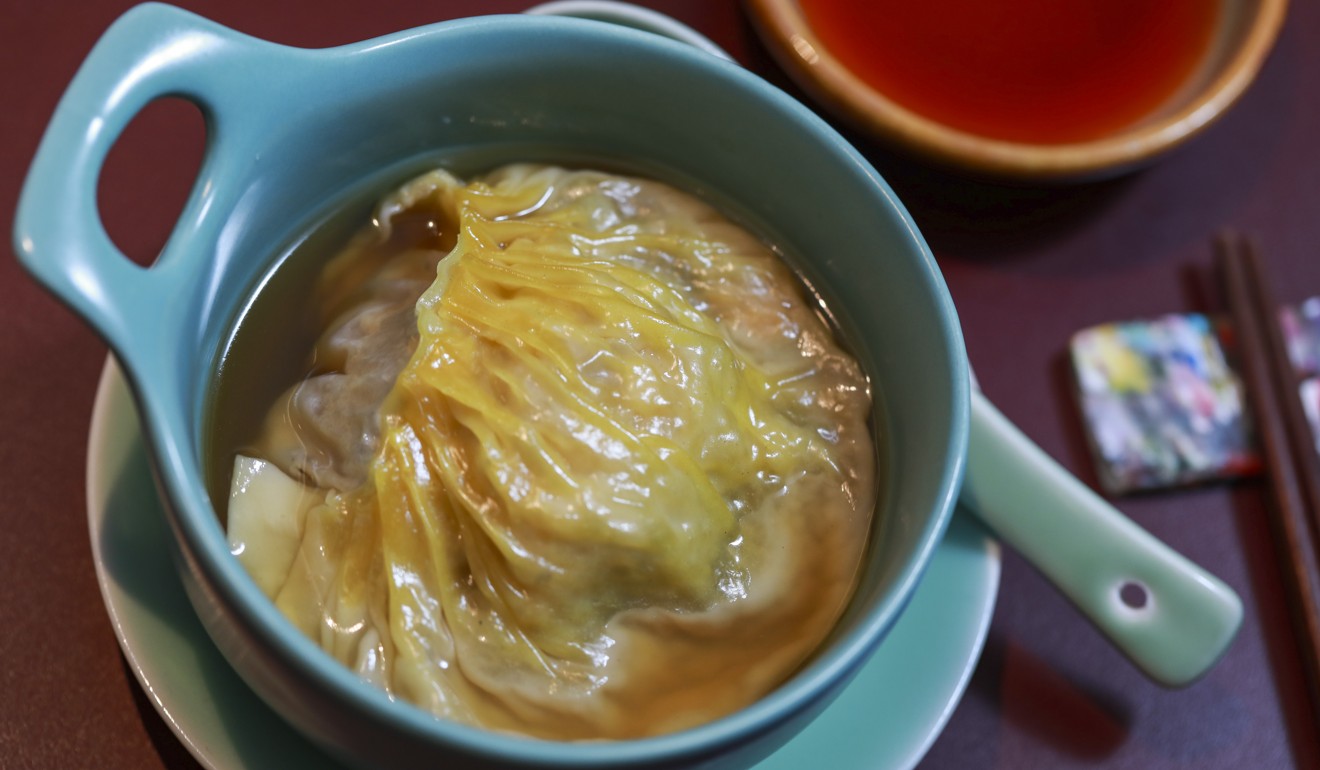
Saito makes the dish with high-quality ingredients such as seafood and pork, and simmers it for four hours to make a sweet soup. He then puts the stew inside a large dumpling and pours soup into the dish.
“If we do not put the soup on the outside of the dumpling, the skin will be too dry,” he says.
His signature chilli wontons is another dish that he has made his own. “This Sichuan dish is well known for its hot spices, so I kept this tradition by using Sichuan chillies, which I have toned down by adding a lot of garlic and spring onion. These make the dish more aromatic so it balances the chilli.
“This may be more suitable for Cantonese people’s taste buds. For the meat, usually they use traditional minced pork but here we use Spanish Iberico ham for a smoother texture. Then we mix it with finely chopped black fungus for chewiness and texture, and we also add shrimp from Myanmar because they are bigger and chewy,” he adds.
Wontons are a type of dumpling, too, but the difference is they are usually boiled and have egg added to the flour and water when making the skin.
Chef Saito’s tips for making dumplings

Chef Saito recommends buying the skin as it is too technical to make correctly. Put the filling into the middle of the round dumpling skin, fold it, then pinch it together so you have all those indentations and the filling will not fall out.
When using shrimp it must be fresh. Once you have taken off the shell put the shrimp in iced water for 15 minutes, it makes it more chewy. Pat the shrimp dry and refrigerate for 30 minutes, which will remove excess moisture and make the filling taste really good.
Separate the shrimp into two portions – dice one half, and work the second into a paste with your hands. Put the two portions together with egg white and mix well.
Finally, add other ingredients such as spring onion and minced pork to the mixture.
Video by Jeff Chen